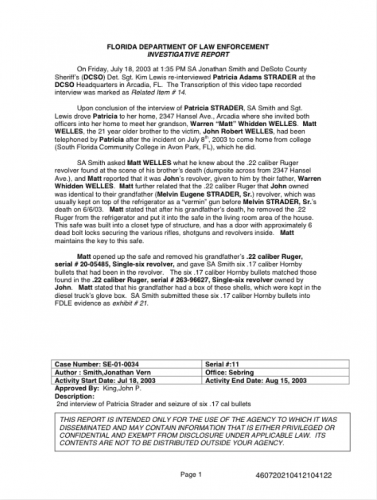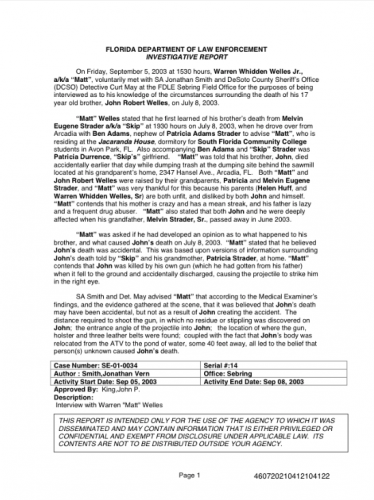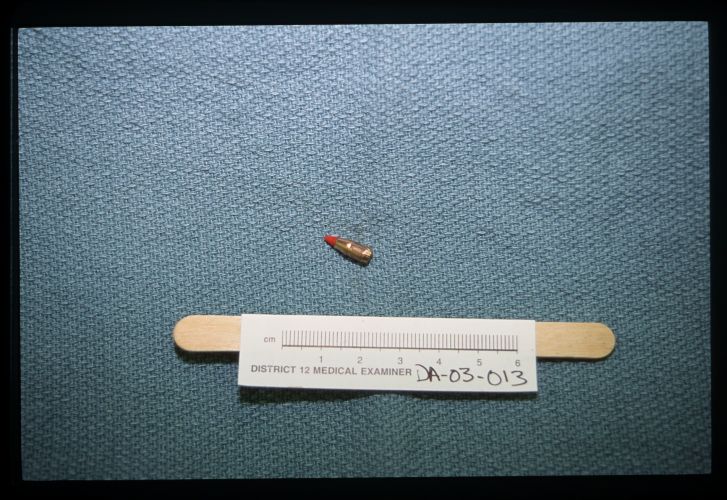Delia discovers another .22 Magnum Ruger single-action six shot revolver loaded with 17 caliber ammunition was present on the Southeast Hansel property the day of John’s murder. What happened to this revolver after John died? That’s the million-dollar question that Delia tries to get to the bottom of. Plus, what a former DNA forensics lab that worked on the John Welles case says could be done to gather more information thanks to new advancements.








